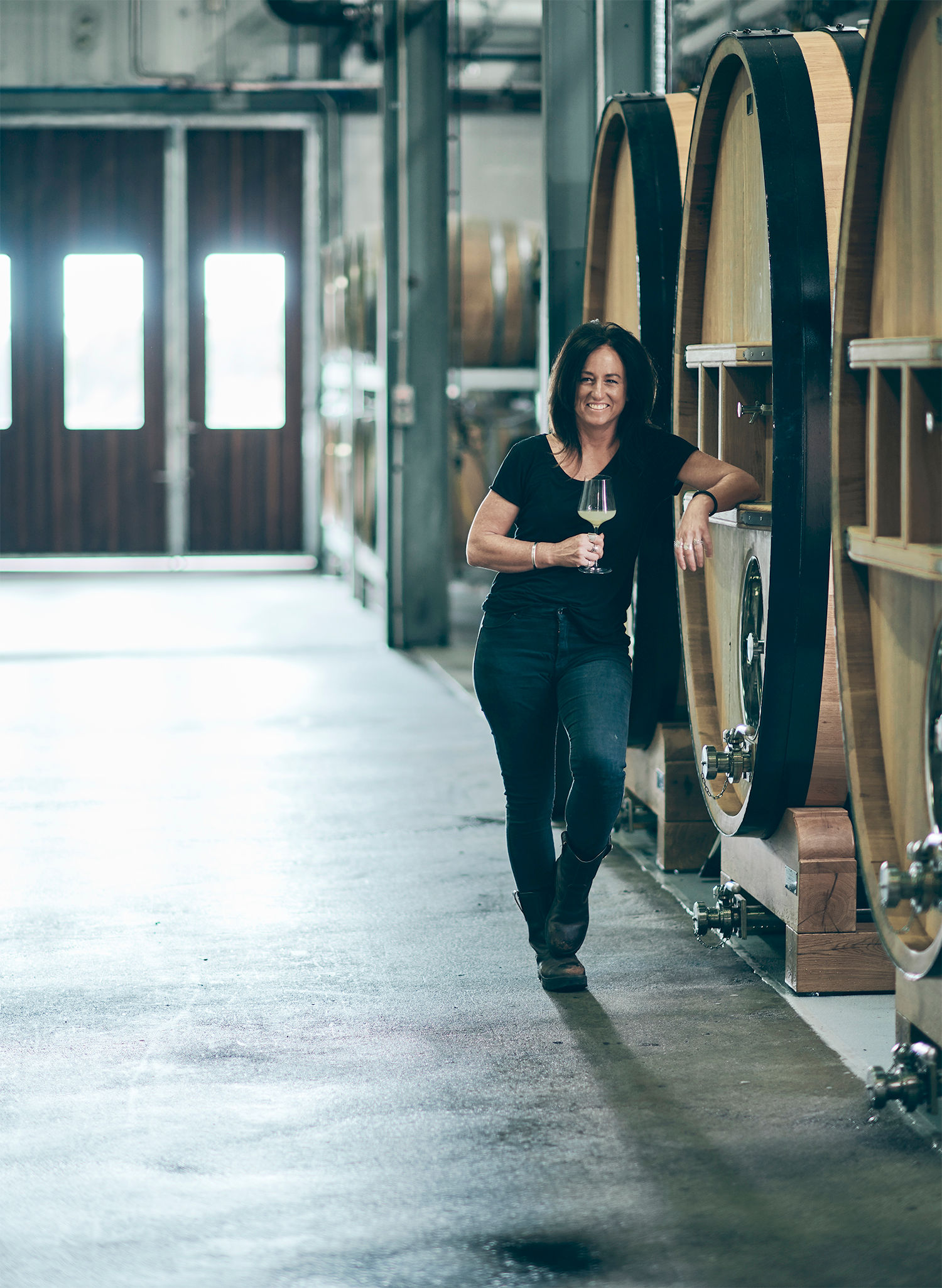As we release The Winemaker film trilogy, Max Brearley profiles Virginia Willcock of Vasse Felix. Watch the full length film below for a glimpse of one of Margaret River’s most renowned winemakers.
“You know I’ve done maybe thirty-two vintages in my life. Twenty-six of them in Margaret River and I still get butterflies at this time of year”, says Virginia Willcock, Chief Winemaker of Vasse Felix. It’s January, on the verandah of Virginia’s Margaret River home. A warm breeze blows and the chirp of the crickets is a constant. In the region’s vineyards, winemakers and viticulturists are feeling this same tension. “You’re worried about what the results are going to be. The adrenaline drives you through the process; to then be relaxed and loving the wine at the end of the day. You’ve got to get through it, to get the love. You’ve got to get the hard work done.”










